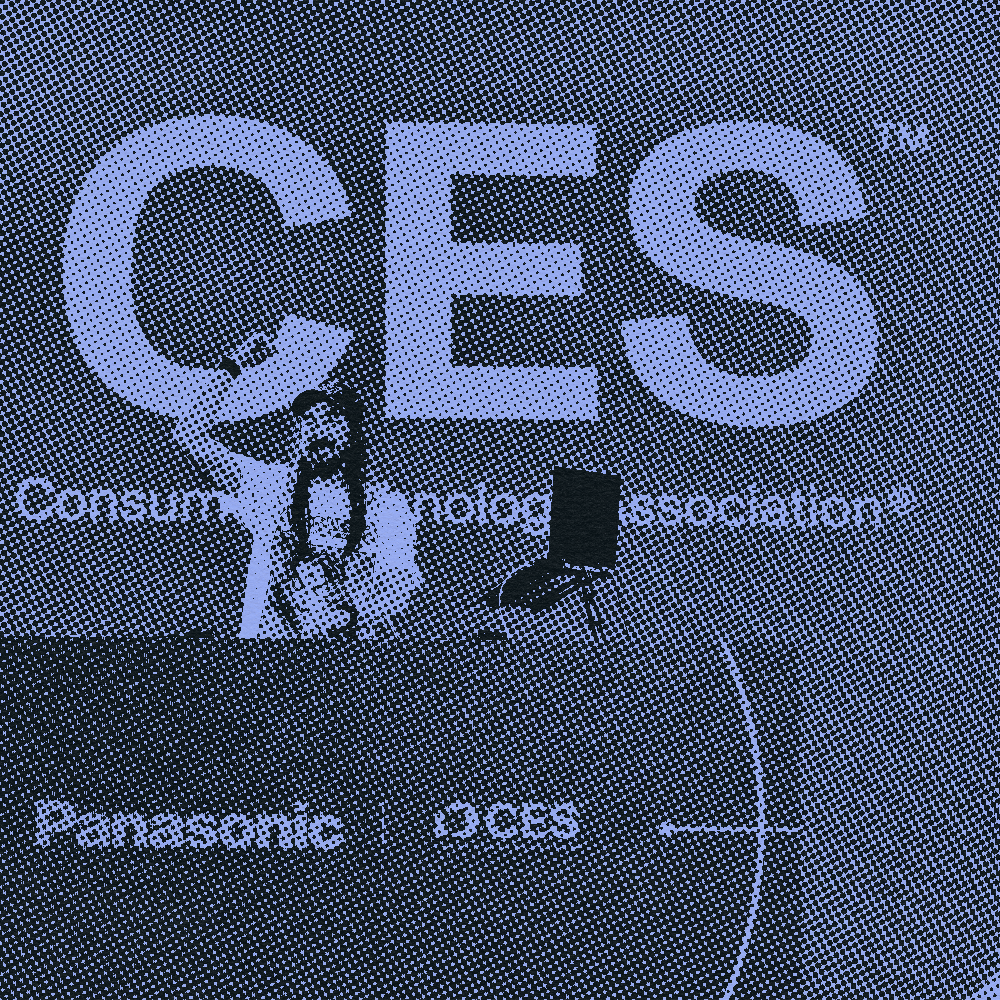As marketers and communicators, we have multiple goals. We are tasked with achieving:
- Increased reach and audience growth
- Increased engagement and mind share
- Increased prospect and lead generation to fuel sales
- Indirectly increased sales and revenue
No one tool or method achieves all these objectives well. We would be foolhardy to assume that such a silver bullet even existed. However, a fair number of marketers, seeking such a magic easy button, turn to influencer marketing.When should influencer marketing be incorporated into our marketing strategy? When it doesn't make sense, what are other effective product or brand placement alternatives?
Influencers and the customer journey
Consider the generic customer journey, from awareness to consideration to evaluation to loyalty, as diagrammed out by McKinsey & Company:

What do influencers bring to the table?
- Influencers tend to have larger than average audiences
- Influencers tend to have more engaged audiences
- Influencers tend to have trust of their followers, or at least are seen as a relevant and helpful resource
What don’t influencers bring?
- Influencers tend not to spur direct sales, especially of higher cost items
- Influencers tend not to change loyalty or sentiment of a customer post-purchase
Let’s map the benefits of influencers to the customer journey, as shown by the green highlight below:

Influencers excel at creating triggers and building the initial consideration set. Influencers have diminishing influence in the active evaluation stage; consumers supplement their product knowledge with channels such as word of mouth as well as organic and paid search.
Fixing a sales problem
Influencers, by contrast, are not sales personnel. Other than their own products, we don’t often see influential personalities directly selling the brands they represent.Who does sell? If we seek to spur sales growth, influencers aren’t the right tool for the job. What we seek are affiliate marketers, people who directly sell to their audiences on a commission basis.One of the most widely known affiliate sales programs is Amazon Associates; with Amazon Associates, any individual can earn between 1% and 15% commissions on the items they help to resell. Unlike influencers, affiliates typically don’t receive pay beyond the sales commission; thus, if they want to maximize their earnings, they must maximize their sales.If we add our affiliate marketers to our customer journey, we see their effect in the yellow and blue boxes:

Affiliates help us to catch customers as they actively evaluate what product to buy and provide bountiful calls to action for the moment of purchase. We provide incentives to affiliates to create that moment of purchase.
Mixing and mismatching
Where companies run into trouble is confusing the purpose of these two groups. Influencers aren’t great at sales, and many affiliates will not work to build awareness, because awareness doesn’t ring the cash register for them. We must select the right group of people to address the marketing and sales problems we have.
- No awareness? Influencers can be a potent tactic to create triggers and awareness.
- No active evaluation or point of purchase? Affiliates can help accelerate sales velocity.
Based on these characteristics, we also see which parts of our business should interact with each group.
- Awareness, trust, and engagement are typically the domain of public relations; it’s wholly appropriate for the PR team or PR agency to manage influencers.
- Lead generation, website clickthroughs, and transactions are typically the domain of marketing and sales. Marketing and sales should collaborate to manage an affiliate program.
Conclusion
Choose the right tactic for the right problem.The old aphorism ‘measure twice, cut once’ implies that you know what you’re building. As important as measurement is, asking influencers to do the work of affiliates and vice versa will lead us to measure them for the wrong performance indicators, and our campaigns will suffer for it.
What’s a Rich Text element?
The rich text element allows you to create and format headings, paragraphs, blockquotes, images, and video all in one place instead of having to add and format them individually. Just double-click and easily create content.
The rich text element allows you to create and format headings, paragraphs, blockquotes, images, and video all in one place instead of having to add and format them individually. Just double-click and easily create content.
Static and dynamic content editing
A rich text element can be used with static or dynamic content. For static content, just drop it into any page and begin editing. For dynamic content, add a rich text field to any collection and then connect a rich text element to that field in the settings panel. Voila!
How to customize formatting for each rich text
Headings, paragraphs, blockquotes, figures, images, and figure captions can all be styled after a class is added to the rich text element using the "When inside of" nested selector system.





